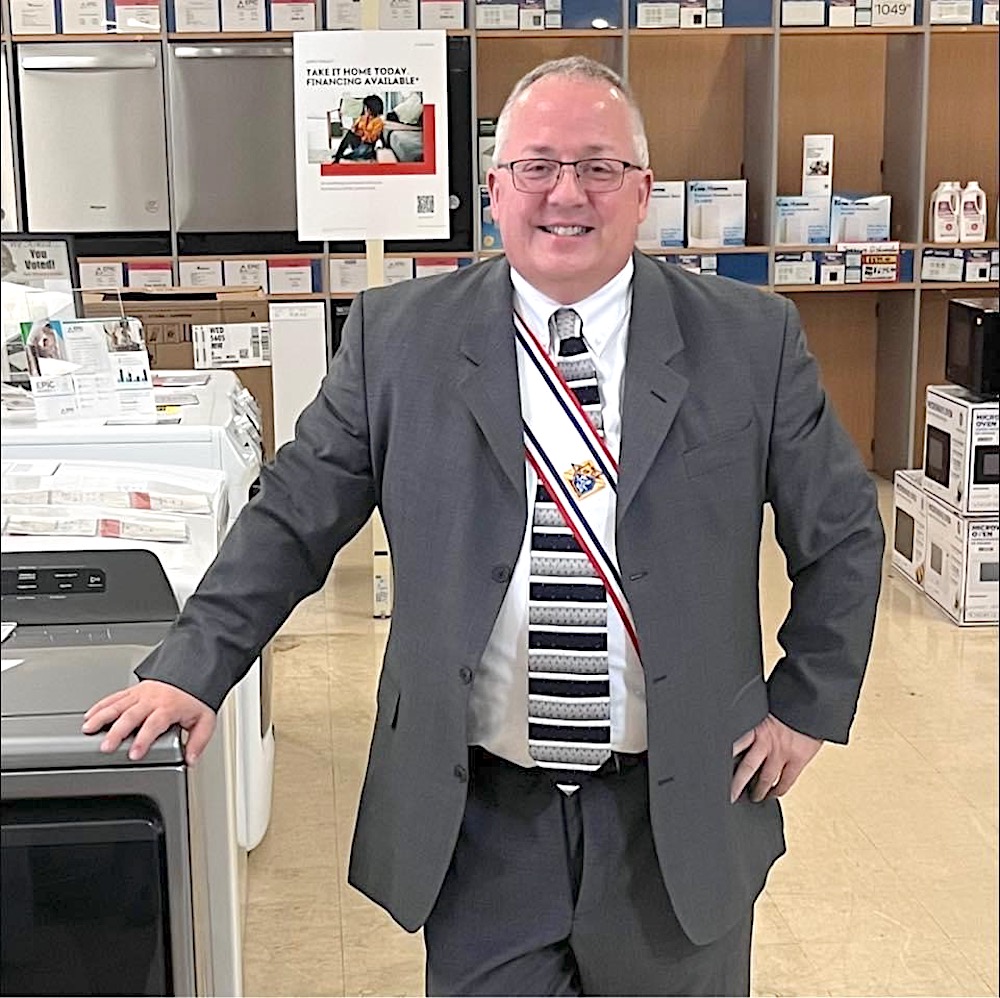Hidden ER secrets
Published 1:02 pm Tuesday, July 8, 2025

- Ronald S. Dubin, M.D
By Dr. Ronald S. Dubin
Guest Columnist
A few months back, my 98-year-old mother fell in the bathroom and sustained a very small, non-surgical fracture of part of her pelvic bone that did not require surgery. We call this a fragility fracture since the mechanism of injury was very mild and the only reason she broke this was that she has severe osteoporosis.
She did not have a hip fracture which is almost always treated with surgery. The part of the bone she broke is never treated with surgery even in younger people and almost always heals with some rest and the tincture of time. She went to a local hospital outside of Detroit where she lives and while in the ER one of the residents called me and told me that his attending physician (i.e., his boss) wanted him to do an arteriogram to be sure she was not excessively bleeding internally from the fracture.
I explained to him that this procedure is rarely ever performed for this fracture, she was not on blood thinners, and excessive bleeding from this is extremely rare and I have not seen this performed for this specific fracture in the 38 years I have been an orthopedic surgeon. After a lengthy discussion I very reluctantly allowed the procedure and guess what? Nothing was found and my mother never had a problem with bleeding.
An hour later I get a call from the orthopedic resident that his attending wanted to do a CT scan of her spine to be sure she does not have a compression fracture of the vertebral bodies. I told him my mother has no pain in her spine and was in the ER for her pelvic fracture only. I explained this was unwarranted and a waste of time, energy, and expense. I then asked why are you recommending this? He explained that his attending (again, his boss) wanted him to do a very expensive and risky procedure called a Kyphoplasty where the compression fracture is expanded by putting cement in the bone.
Can you imagine doing an unnecessary surgical procedure for a 98-year-old patient that carries significant morbidity and mortality with it? This request went too far and I insisted this be cancelled because she had no symptoms in her spine and therefore no fracture. I realized what these attending physicians were asking the residents to do — to explore every patient for a billable procedure regardless of the need or the risks associated with it. I understand the intent and motivation of the hospital and attending physicians are to make money and that’s the system we live in, the more the procedures the better the cars they drive.
So how are the common layperson and their family supposed to know what tests and procedures they need? How do you know when you are being over tested or treated? How do you tell a doctor you’re smarter than they are and refuse certain care? The real answer is you don’t — unless you’re a doctor or a smart healthcare worker.
Trending
There are some questions you can ask such as why is this test being done? What are you looking for? What are the risks and complications? Also what will happen if nothing is done? How will this change the treatment and care? When you have any procedure done, you must sign an “informed consent” meaning they’re responsible for telling you everything. Remind them of their Hippocratic Oath they took when they graduated medical school and that implies honesty and “do no harm.”
Tell them to be honest with you and look him directly in his eyes. Don’t take your eyes off of their eyes. Don’t look away. Be clear and precise. Ask them what they would do if they were the patient. If you know of a friend in the medical field, call them for their advice. Be engaged; ask as many questions you want. If the doctor seems put off and impatient with you, put your emotions aside and keep asking questions. It is your right to know what is being done and explained in simple terms.
Use the internet for help and use the words “scholarly articles” after your search items which will bring up more detailed articles. Try ChatGPT or CoPilot, excellent sources for good and concise information. If necessary, ask to have another attending or specialist see the patient. Remember, this might result in an automatic agreement with your first physician when they both practice in the same hospital. If you can, ask to go to another ER where a second opinion might be a little more objective.






